
Commentaries | Jun 25,2022
Nov 30 , 2024
By Anne-Marie Slaughter , Mary-Ann Etiebet
No mother should give her own life to give life to another. Unfortunately, preventing maternal mortality remains a persistent global challenge. The third United Nations Sustainable Development Goal (SDG) commits countries to reduce their maternal mortality rate to less than 70 per 100,000 live births by 2030. At the current pace, the world is projected to fall far short of this target, resulting in more than one million additional, overwhelmingly preventable deaths.
Ending preventable maternal deaths is surprisingly difficult. For starters, many different causes can occur at all stages of pregnancy, making it difficult to determine a policy intervention’s success and its ability to effect lasting change. Annual maternal deaths number in the hundreds of thousands, not the millions. Given these circumstances, donors and policymakers prefer to invest in other public health imperatives, where they can have a larger impact and receive more accurate and timely information about outcomes.
But, that should not diminish the significance of maternal mortality. The loss of a mother can devastate her family, starting with the other children she may already have. She also likely cared for relatives or elders in her community, or played an important economic role as a farmer or trader. Her death could directly and negatively affect 10 to 20 people, or more, spanning multiple generations. Research suggests that children with surviving mothers are more likely to live past the age of 10 and stay in school longer.
Activists, practitioners, and policymakers have made remarkable progress in combating maternal mortality in countries like Ethiopia, India, Nigeria, Sierra Leone, and Tanzania. To help other countries replicate this performance, we recently co-chaired “Room 17”, a working group linked to the SDG 17 for revitalising partnerships – as part of the 17 Rooms Initiate. We convened leading maternal health practitioners and experts at the forefront of redesigning global institutions to discuss an "impact hub" approach to the problem.
An impact hub is an organisation that connects governmental and non-governmental actors to pursue a singular, measurable mission, with a focus on scaling up effective solutions, rather than starting from scratch. In the case of maternal health, several regional and global organisations, including the Global Financing Facility, the Partnership for Maternal, Newborn & Child Health, and AlignMNH, already perform some of these functions.
To complement existing efforts, the working group proposes a global impact hub focused on the goal of zero maternal deaths by 2030. To measure progress toward this goal, the hub would convene maternal-health practitioners to develop a reliable clinic-level metric such as “death-free days.” Instead of focusing on the number of deaths, this approach, which has been trialled in Ethiopia and Sierra Leone, emphasises life, with clinicians and families celebrating a healthy birth for baby and mom.
Using a pay-for-performance scheme tied to this common metric would enable the impact hub to coordinate efforts across multiple partners and donors. It could also provide capacity-building programs and training on tools and interventions to support maternal health holistically. For example, policymakers could provide targeted digital cash transfers to overcome the financial barriers to delivery care, while implementing strategies to improve prenatal and postnatal care and investing in a comprehensive maternal healthcare workforce.
Of course, such efforts should be adapted to local contexts. Communities vary greatly in their political and economic fragility, health-system resilience, cultural needs, and maternal-care priorities. Digital cash transfers may have a greater impact in economically fragile contexts, whereas training programs that improve early detection of high-risk pregnancies are most effective in regions with resilient health systems. By linking funding to outcomes rather than prescribed approaches, the impact hub would be able to support a range of solutions.
This global organisation would not only pool funding and other resources. It could also spawn a network of national and local impact hubs unified by their commitment to achieving zero maternal deaths by 2030 (and by their willingness to use the same measurement criteria). This would make it easier for development practitioners and funders to navigate the tension between giving communities the autonomy to develop strategies calibrated to local conditions and maintaining the global connectivity required for sharing knowledge, resources, and goals.
In addition to scaling up proven solutions, these hubs will also incentivise bottom-up innovation and investment in new approaches. But, the global alliance could consider potential problems, such as a healthcare “brain drain,” whereby wealthier or more innovative communities attract midwives and other maternal-care professionals from poorer ones, as well as the challenges of integrating digital cash transfers into existing health-system infrastructure.
The proposed impact hub could promote a genuine global partnership, stretching from local providers to national health systems to international organisations, all committed to ending the scourge of maternal mortality. By connecting the community-oriented work that extraordinary people are doing on the ground to an overarching mission with targeted support and measurable milestones, we may finally be able to embrace the joy of new life without the shadow of death.
PUBLISHED ON
Nov 30,2024 [ VOL
25 , NO
1283]

Commentaries | Jun 25,2022

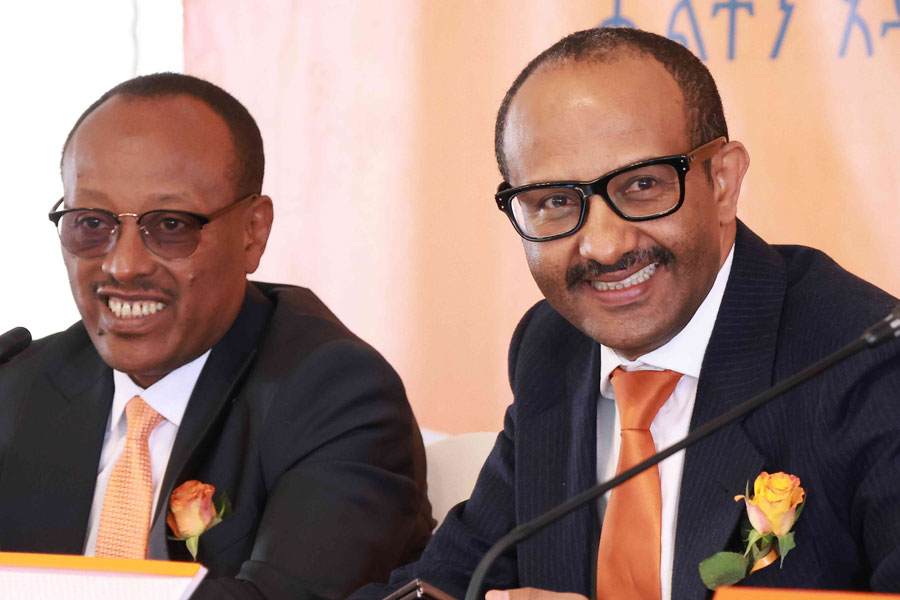
News Analysis | Jan 19,2024
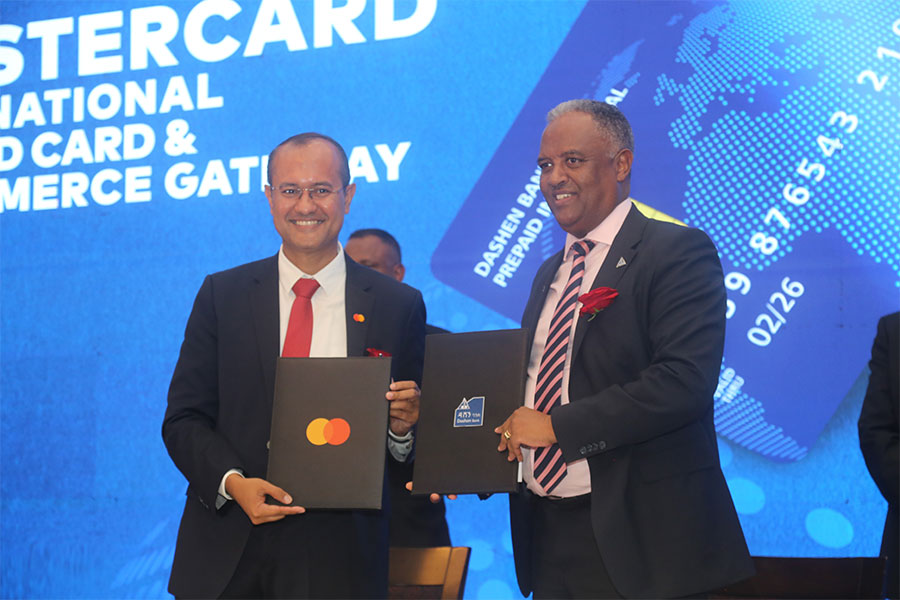
Radar | Aug 21,2023

Commentaries | Jan 07,2023
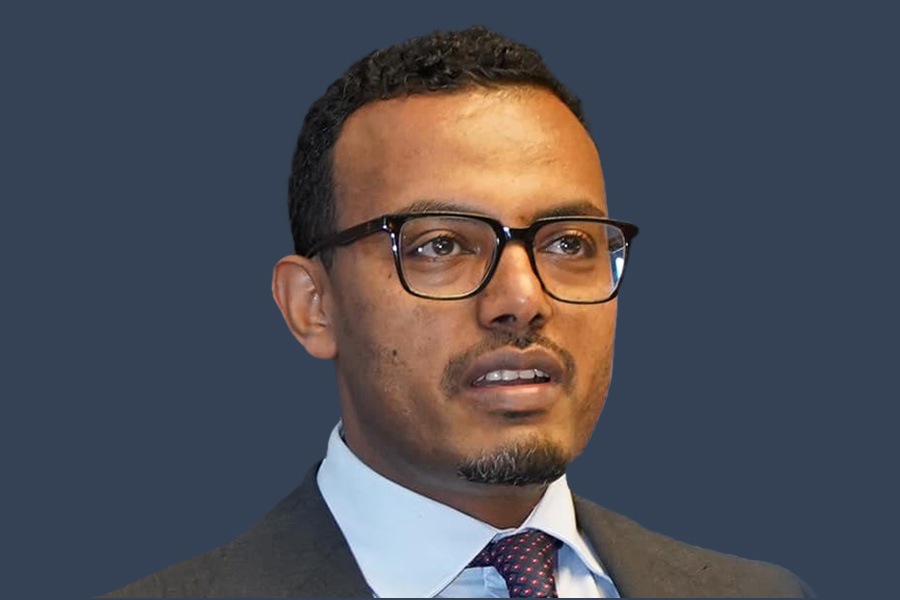
Fortune News | Jan 03,2025
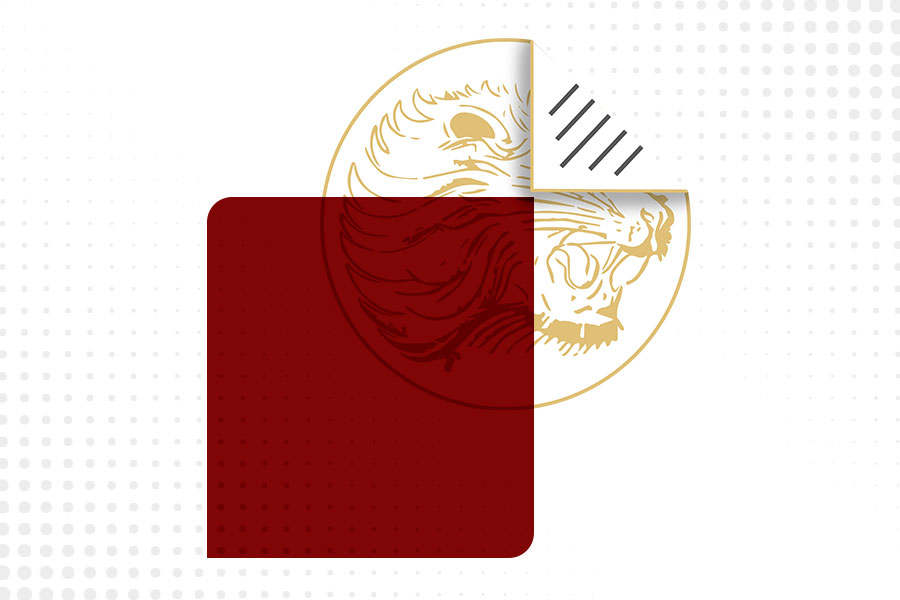
Viewpoints | Jun 07,2020
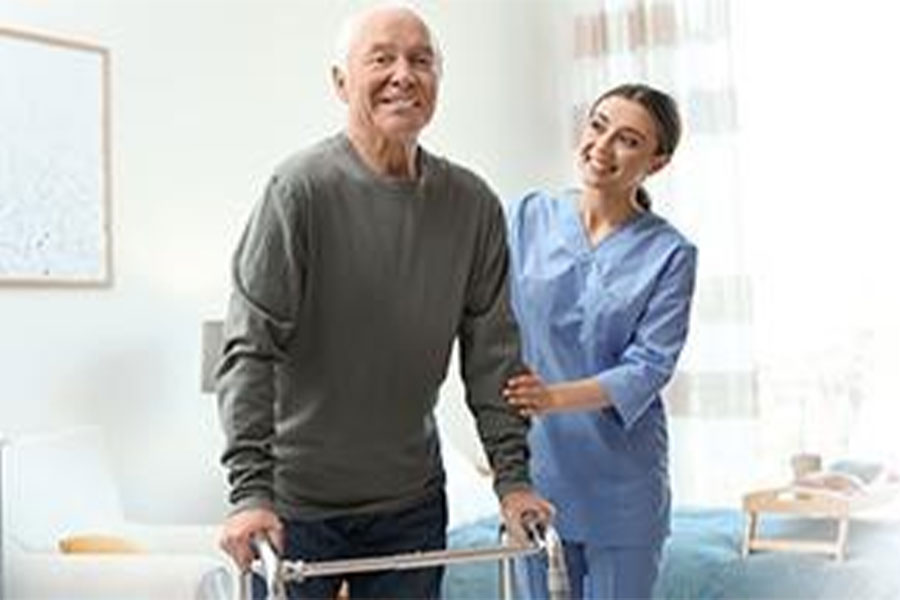
Advertorials | May 23,2025

Editorial | Apr 09,2023

Life Matters | May 14,2022

Photo Gallery | 172122 Views | May 06,2019
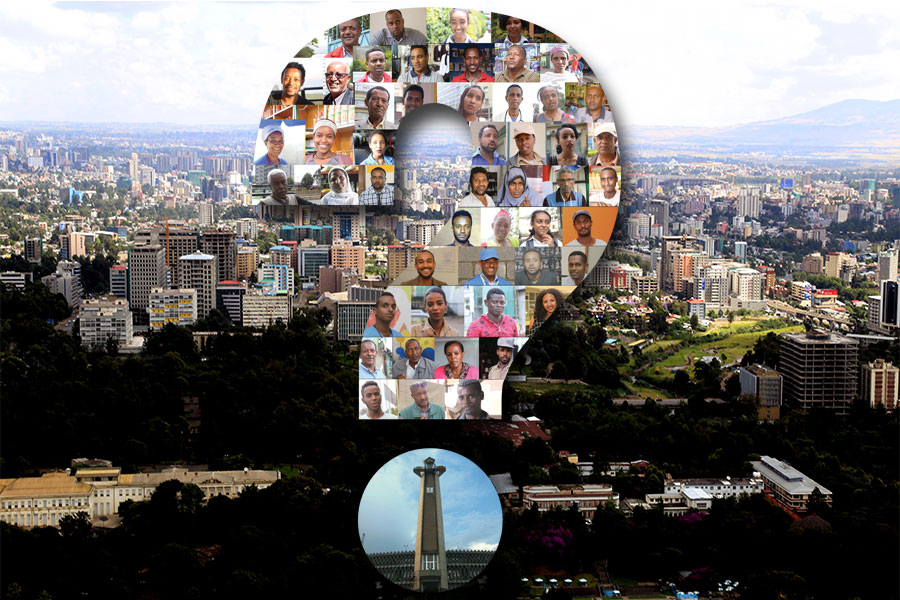
Photo Gallery | 162350 Views | Apr 26,2019

Photo Gallery | 152142 Views | Oct 06,2021

My Opinion | 136362 Views | Aug 14,2021
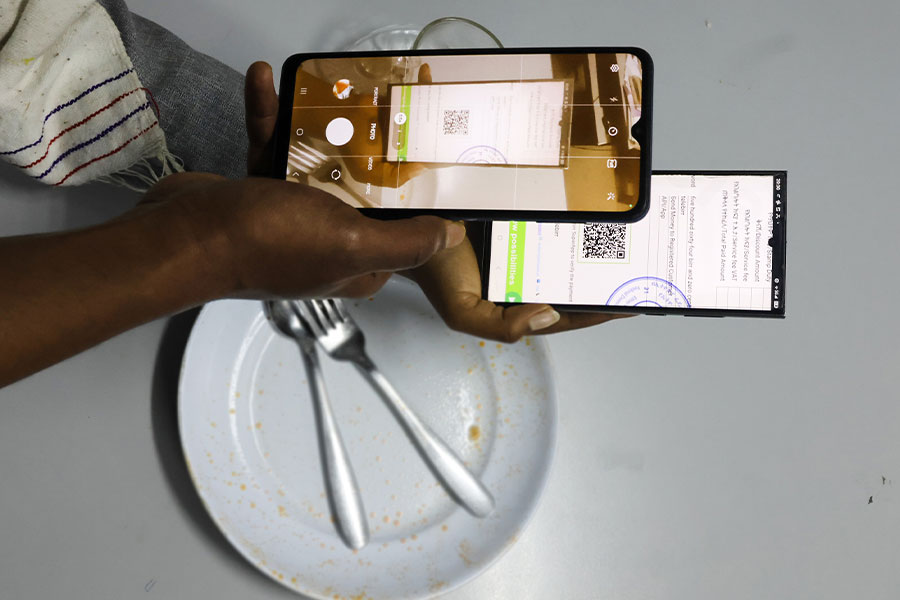

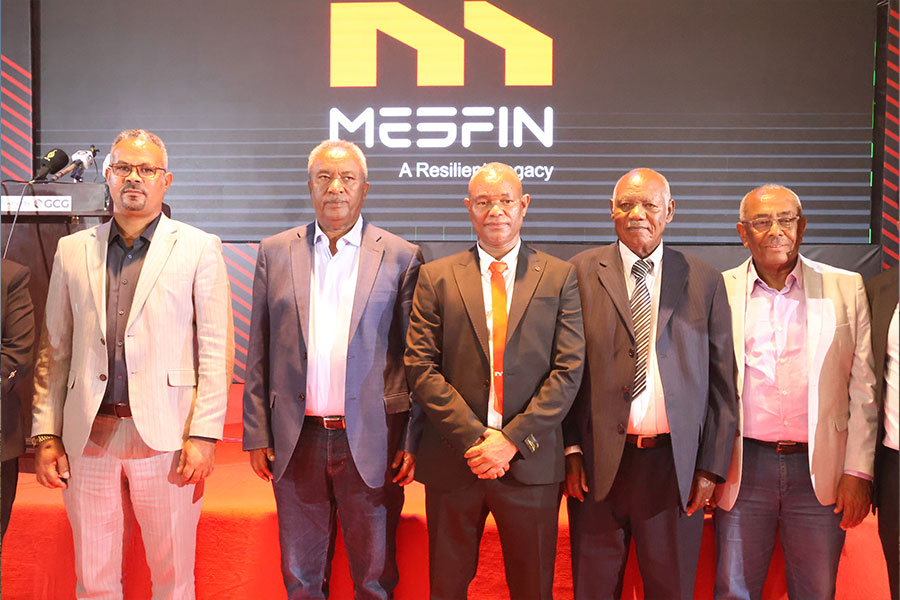

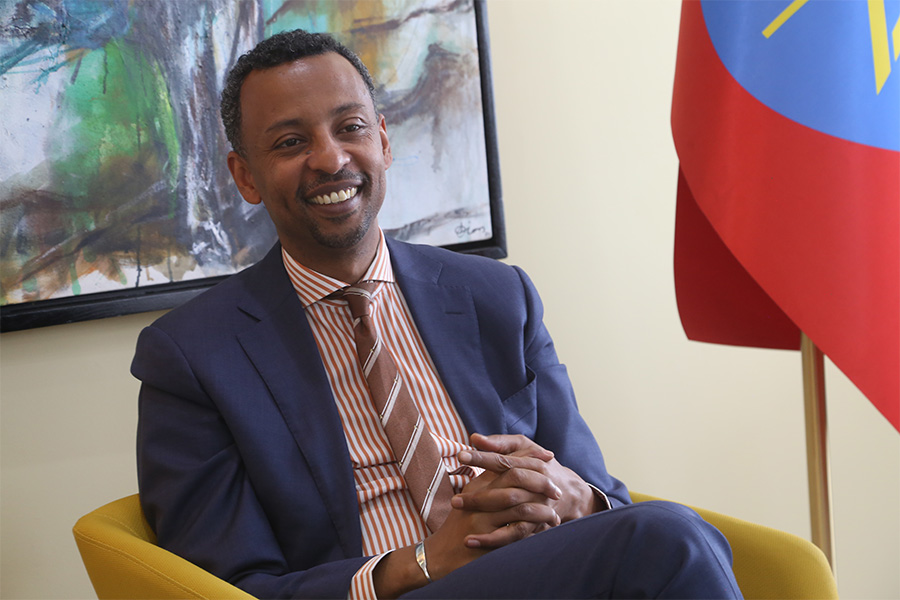
Dec 22 , 2024 . By TIZITA SHEWAFERAW
Charged with transforming colossal state-owned enterprises into modern and competitiv...

Aug 18 , 2024 . By AKSAH ITALO
Although predictable Yonas Zerihun's job in the ride-hailing service is not immune to...
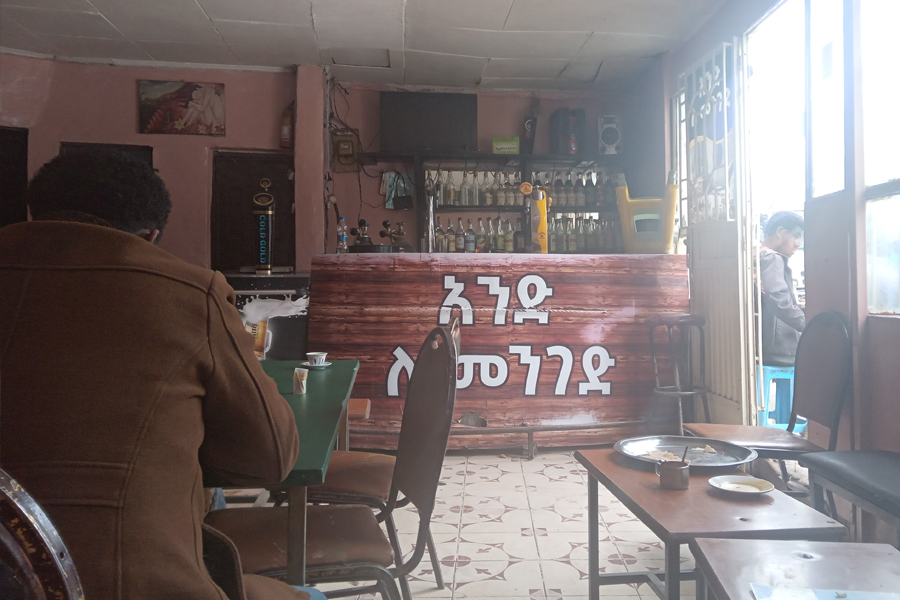
Jul 28 , 2024 . By TIZITA SHEWAFERAW
Unhabitual, perhaps too many, Samuel Gebreyohannes, 38, used to occasionally enjoy a couple of beers at breakfast. However, he recently swit...

Jul 13 , 2024 . By AKSAH ITALO
Investors who rely on tractors, trucks, and field vehicles for commuting, transporting commodities, and f...
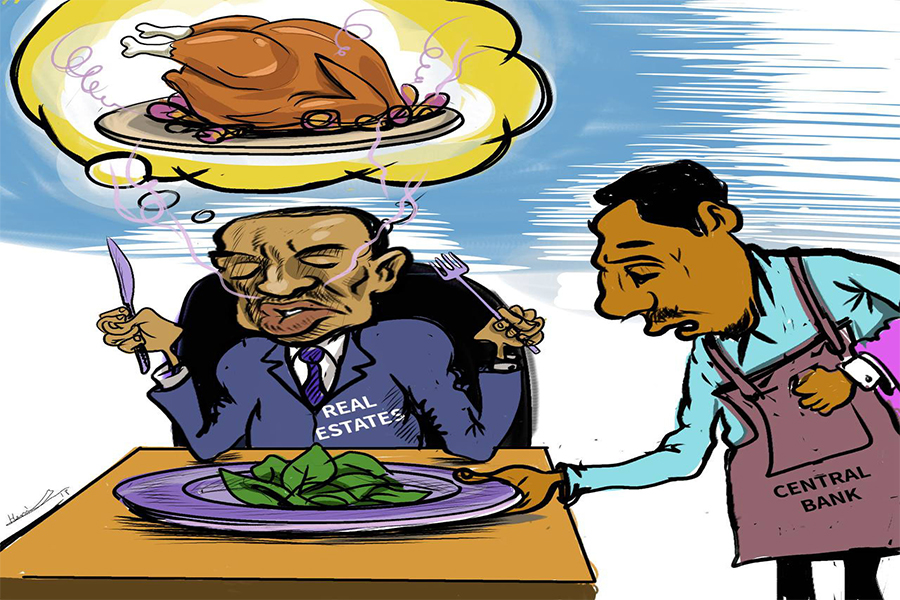
Oct 4 , 2025
Eyob Tekalegn (PhD) had been in the Governor's chair for only weeks when, on Septembe...

Sep 27 , 2025
Four years into an experiment with “shock therapy” in education, the national moo...
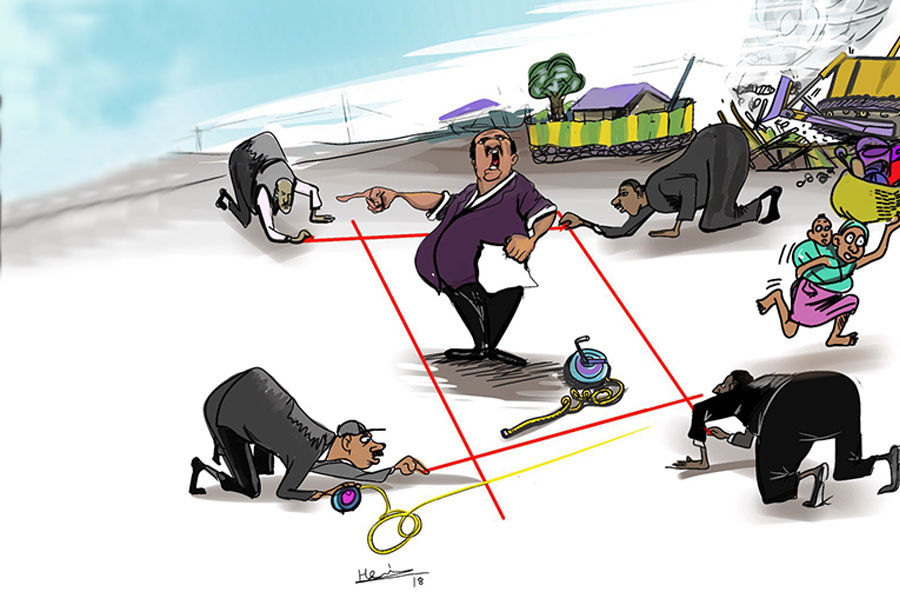
Sep 20 , 2025
Getachew Reda's return to the national stage was always going to stir attention. Once...

Sep 13 , 2025
At its launch in Nairobi two years ago, the Africa Climate Summit was billed as the f...

Oct 5 , 2025 . By NAHOM AYELE
In Meqelle, a name long associated with industrial grit and regional pride is undergo...

Oct 5 , 2025 . By BEZAWIT HULUAGER
The federal government is set to roll out a new "motor vehicle circulation tax" in th...
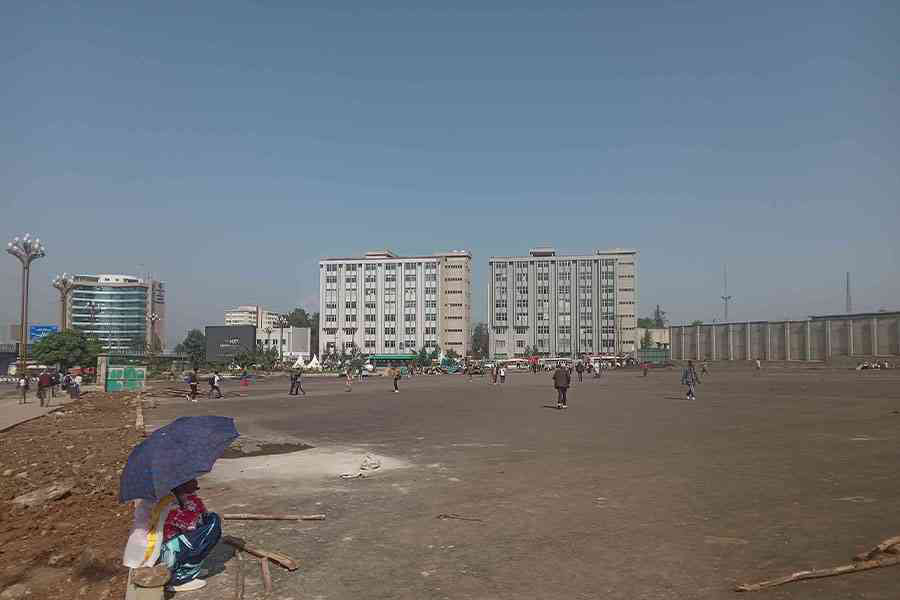
Oct 5 , 2025 . By NAHOM AYELE
The Bank of Abyssinia is wrestling with the loss of a prime plot of land once leased...

Oct 5 , 2025 . By BEZAWIT HULUAGER
The Customs Commission has introduced new tariffs on a wide range of imported goods i...